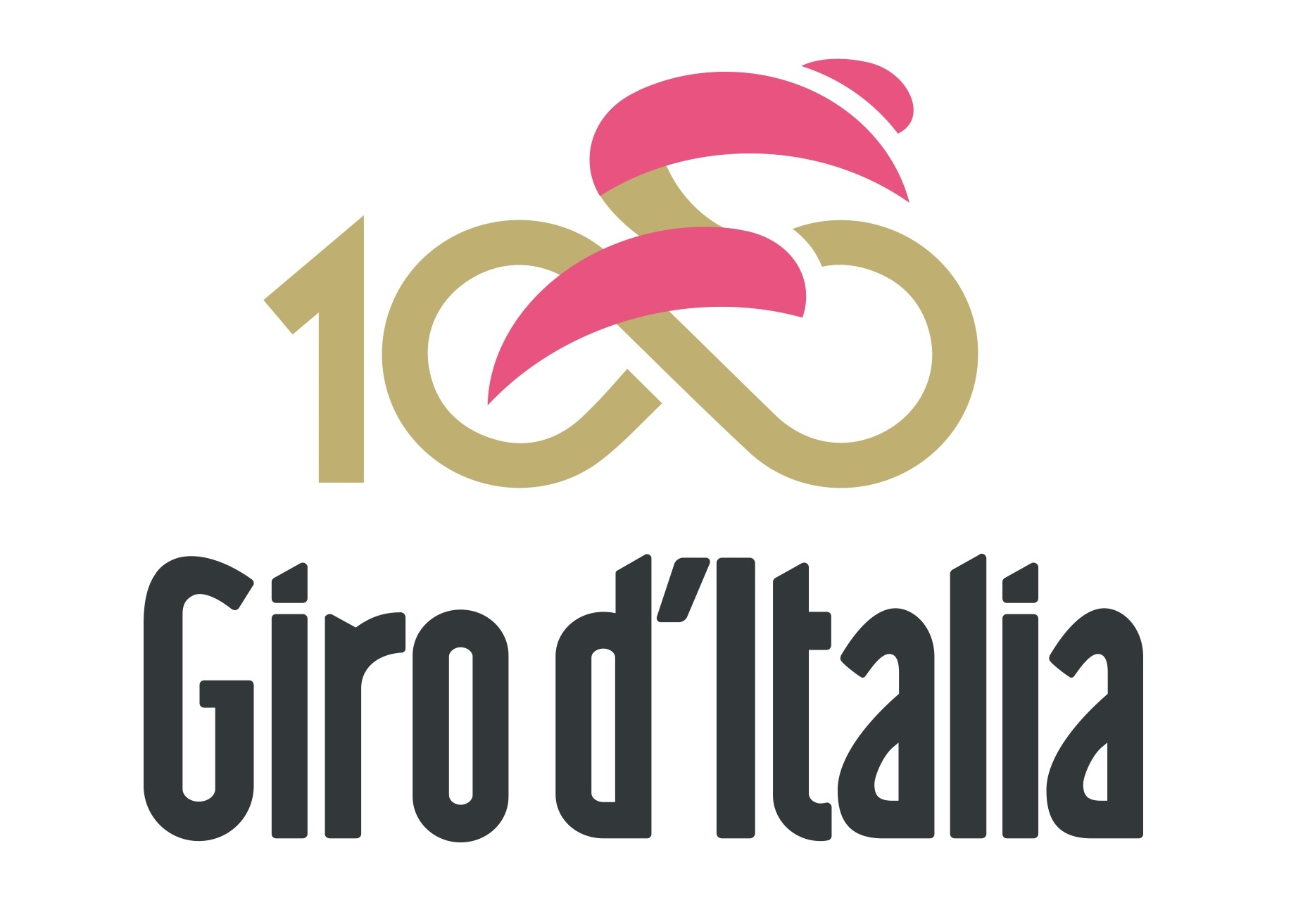
 Valeria Fanelli
Valeria Fanelli
Italian Sport: Giro d’Italia 2017 The Centenary Edition
- WTI Magazine #91 May 14, 2017
-

 Valeria Fanelli
Valeria Fanelli
The history and origins of the Giro d’Italia take us back to 1909 when La Gazzetta dello Sport editor, Tullo Morganini, decided to organize the bicycle race to increase the magazine sales and popularity. The competition counted 127 riders, 2,448 km (1,521 mi), 5325 lira as a prize, 49 riders finishing the ride and only one winner, Luigi Ganna. On May 13, 1909 Italy’s cycling scene was ready to make history.
The first edition of the competition was regulated by a points system based on general classification of the participants. In 1914, this system changed, in favor of a rime based one. All stage results are added together, taking into account time bonuses for high finishes and intermediate sprints, and time penalties for breaking the rules. So basically today, there are daily winners and overall winners. Time for each stage is accumulated throughout the entire race, and the rider who completes the entire course in the least overall time is the winner.
La Maglia Rosa 2017
The pink jersey, is not only a mere winner t-shirt. It symbolizes the efforts, the sacrifices, and the challenges that racers face once they decide to participate the competition. The pink jersey has the same color of La Gazzetta dello Sport, the famous sport magazine that sponsored the first Giro d’Italia back in 1909. The Pink Jersey is the symbol now of dedication and passion, culture and devotion to the world of cycling.
According to Santini Cycling Wear, the company that has being designing the jersey since 1993, the 2017 version of Maglia Rosa will offer little changes like raw cut elongated sleeves that come down to the elbow and provides added aerodynamic qualities to the garment. This year, the Centenary edition presents some gold details, such as the piping on the sides, the inner neck collar and the pockets upper band on the back. The left sleeve and the inner neck feature the centenary logo with the infinite symbol.
Giro d’Italia 2017: The Centenary Edition
This year, Giro d’Italia celebrates its centenary edition. The Grande Partenza (start) kicked off in Sardinia on May 5th in Alghero with a lengthy 206km road race to Olbia. The winner of the whole competition will be crowned in Milan on May 28th. This year’s route is more than 100 kilometers longer than last year's and features eight medium and five high mountain stages, five summit finishes, and two rides against the clock.
What Giro d’Italia Really Means to Italians
Giro d’Italia is not just a mere cycling competition. Italians have been getting together for years, to follow the race and support their favorite cyclists and they are not going to stop. Giro d’Italia symbolized, in the past, the unification of a country that started to become a nation with all its diversities and heterogeneities. Nowadays, even though the Italian territory has came together as a nation, Giro d’Italia still plays a fundamental role in keeping together the country diversities and it showcases one of the best images of Italy, just as beautiful as it is. Riders will face flat, mixed, and mountain stages all across Italy. They will go from South to North, from little towns, to major Italian cities.
Giro d’Italia Champions
Gino Bartali. Three times winner of Giro d’Italia (1936-1937-1949) Bartali remarked his presence as one of the most popular cyclist of the competition because of his secret humanitarian action in aid of the Italian resistance during World War II.
Angelo Fausto Coppi. Five times winner of Giro d’Italia (1940-1947-1949-1952-1953) dominated the International cycling scene right after the Second World War. People used to call him “il Campionissimo” because of his amazing results and his versatility as a cyclist. Coppi was an all-round cyclist. He excelled in both climbing and time trailing, and was also a great sprinter.
Felice Gimondi. As many people would remember him as “The Phoenix,” Gimondi won Giro d’Italia three times (1967-1969-1976). His multiple International victories made him one of the most notorious cyclists of the 60s-70s.
Francesco Moser. “The sherif,” Francesco Moser, won Giro d’Italia in 1984. During the same year, he broke the 1972 hour record owned by Eddy Merckx, by riding 50.808 kilometers on an aerodynamic bike with full disc wheels. Unfortunately, in 1997 the Union Cycliste Internationale banned hour records set on bikes featuring technological advantages. Under the new rules, Merckx's record wasn't broken until 2000.
Marco Pantani. As many will remember him as “the Pirate” because of his shaved head and his bandanas, Pantani won Giro d’Italia in 1998. He is considered one of the best bicycle racer of his era. His attacking style and aggressive riding turned him into a fan favorite in the late 1990s. Although Pantani never tested positive during his career, received multiple doping allegations. He died of cocaine poisoning in 2004.